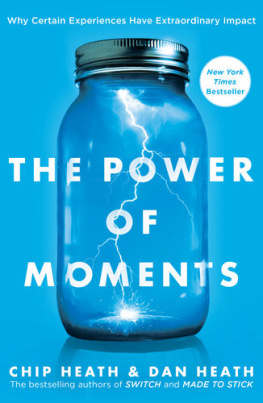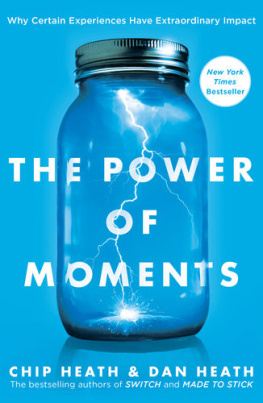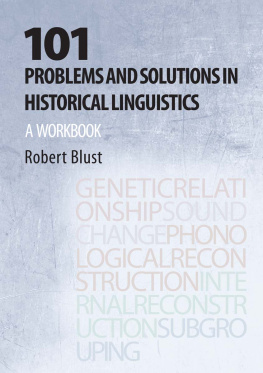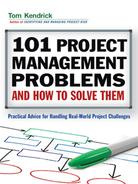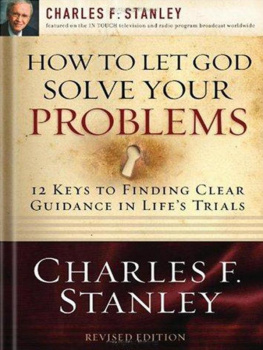Dan Heath - The Quest to Solve Problems Before They Happen
Here you can read online Dan Heath - The Quest to Solve Problems Before They Happen full text of the book (entire story) in english for free. Download pdf and epub, get meaning, cover and reviews about this ebook. year: 2020, publisher: Avid Reader Press / Simon & Schuster, genre: Politics. Description of the work, (preface) as well as reviews are available. Best literature library LitArk.com created for fans of good reading and offers a wide selection of genres:
Romance novel
Science fiction
Adventure
Detective
Science
History
Home and family
Prose
Art
Politics
Computer
Non-fiction
Religion
Business
Children
Humor
Choose a favorite category and find really read worthwhile books. Enjoy immersion in the world of imagination, feel the emotions of the characters or learn something new for yourself, make an fascinating discovery.
The Quest to Solve Problems Before They Happen: summary, description and annotation
We offer to read an annotation, description, summary or preface (depends on what the author of the book "The Quest to Solve Problems Before They Happen" wrote himself). If you haven't found the necessary information about the book — write in the comments, we will try to find it.
The Quest to Solve Problems Before They Happen — read online for free the complete book (whole text) full work
Below is the text of the book, divided by pages. System saving the place of the last page read, allows you to conveniently read the book "The Quest to Solve Problems Before They Happen" online for free, without having to search again every time where you left off. Put a bookmark, and you can go to the page where you finished reading at any time.
Font size:
Interval:
Bookmark:
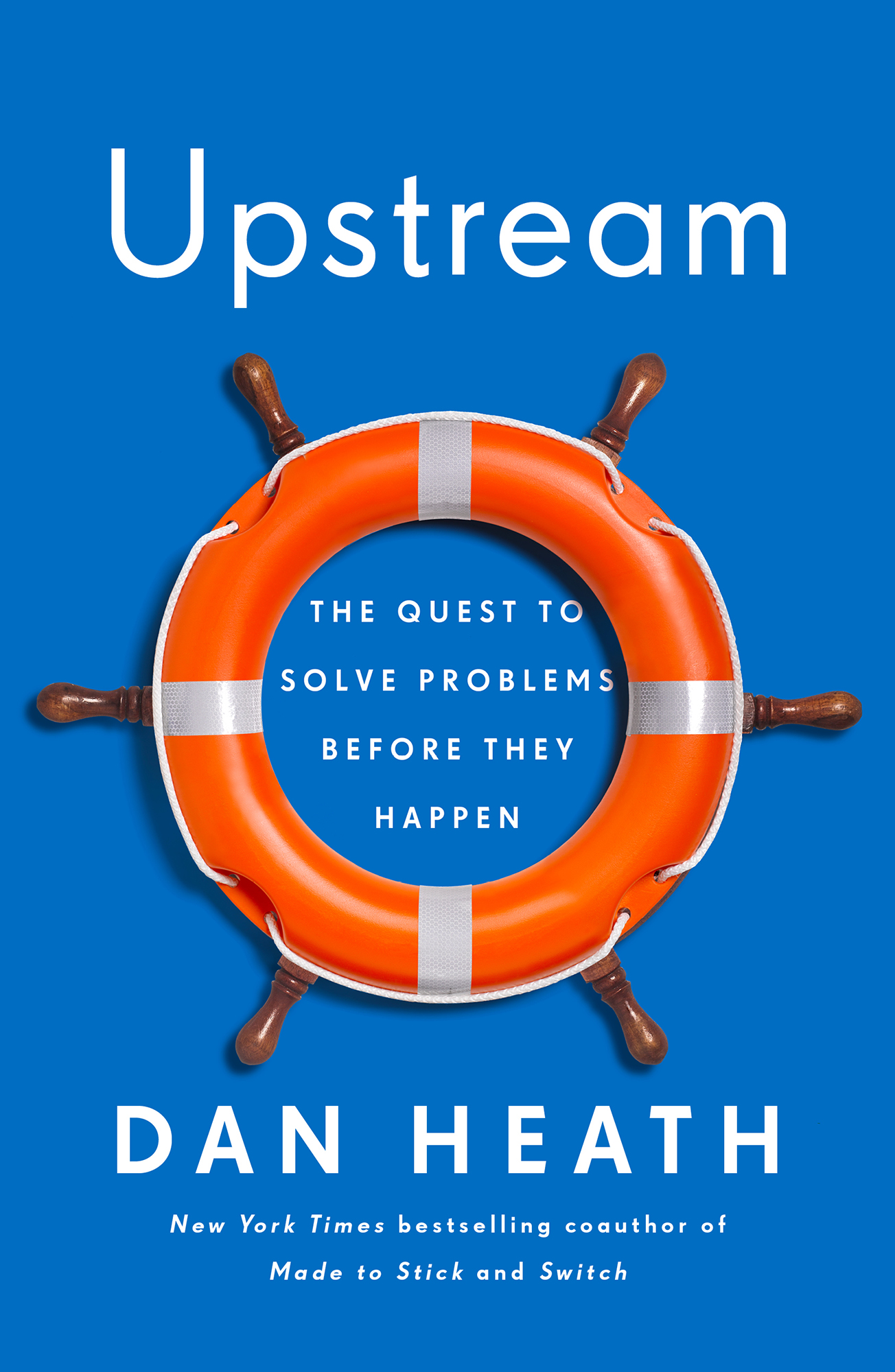

ALSO BY CHIP AND DAN HEATH
Made to Stick: Why Some Ideas Survive and Others Die
Switch: How to Change Things When Change Is Hard
Decisive: How to Make Better Choices in Life and Work
The Power of Moments: Why Certain Experiences Have Extraordinary Impact
A VID R EADER P RESS
An Imprint of Simon & Schuster, Inc.
1230 Avenue of the Americas
New York, NY 10020
www.SimonandSchuster.com
Copyright 2020 by Dan Heath
All rights reserved, including the right to reproduce this book or portions thereof in any form whatsoever. For information, address Avid Reader Press Subsidiary Rights Department, 1230 Avenue of the Americas, New York, NY 10020.
First Avid Reader Press hardcover edition March 2020
AVID READER PRESS and colophon are trademarks of Simon & Schuster, Inc.
For information about special discounts for bulk purchases, please contact Simon & Schuster Special Sales at 1-866-506-1949 or .
The Simon & Schuster Speakers Bureau can bring authors to your live event. For more information or to book an event contact the Simon & Schuster Speakers Bureau at 1-866-248-3049 or visit our website at www.simonspeakers.com.
Jacket design by Rex Bonomelli
Jacket artwork by Nastco / Getty Images And Peter Dazeley / Getty Images
Author photo Heath Brothers
Library of Congress Cataloging-in-Publication Data is available.
ISBN 978-1-9821-3472-3
ISBN 978-1-9821-3474-7 (ebook)
To my brother, Chip, who kept me out of law school.
Over 300 interviews were conducted for this book. If a quote appears without a source listed (Smith said), then its from one of those interviews. If a quote comes from another source, that source is made explicit (as Smith told the New York Times, etc.).
When I use details or facts from other sources, they are cited in the endnotes. If a particular story draws more substantively on someone elses reporting, then that source will be cited in the text.
You and a friend are having a picnic by the side of a river. Suddenly you hear a shout from the direction of the watera child is drowning. Without thinking, you both dive in, grab the child, and swim to shore. Before you can recover, you hear another child cry for help. You and your friend jump back in the river to rescue her as well. Then another struggling child drifts into sight and another and another. The two of you can barely keep up. Suddenly, you see your friend wading out of the water, seeming to leave you alone. Where are you going? you demand. Your friend answers, Im going upstream to tackle the guy whos throwing all these kids in the water.
A public health parable (adapted from the original, which is commonly attributed to Irving Zola)
In 2012, Ryan ONeill, the head of the customer experience group for the travel website Expedia, had been sifting through some data from the companys call center. One number he uncovered was so farfetched as to be almost unbelievable. For every 100 customers who booked travel on Expediareserving flights or hotel rooms or rental cars58 of them placed a call afterward for help.
The primary appeal of an online travel site, of course, is self-service. No calls necessary. Imagine a gas station that allowed you to swipe a credit card right at the pumpand then, about 60% of the time, something went wrong that forced you to go inside the store for help. That was Expedia.
Traditionally, the call center had been managed for efficiency and customer satisfaction. Reps were trained to make the customer happyas quickly as possible. Short calls minimized expenses. The lens we were using was cost, said ONeill. We had been trying to reduce that cost. Instead of a ten-minute call, could we make it a two-minute call? But the real question was: Why two minutes? Why any minutes?
When you spend years responding to problems, you can sometimes overlook the fact that you could be preventing them. ONeill shared his findings with his boss, Tucker Moodey, the executive vice president of global customer operations. Together, they dug into a basic but neglected question: Why in the world are so many customers calling us? They compiled a ranking of the top reasons customers sought support.
The number one reason customers called? To get a copy of their itinerary. In 2012, roughly 20 million calls were logged for that purpose. Twenty million calls! Thats like everyone in Florida calling Expedia in one year.
At a support cost of roughly $5 per call, thats a $100 million problem. So why werent customers receiving their itineraries automatically? The answers were pretty simple: The customer had mistyped her email address. Or the itinerary ended up in her spam folder. Or she deleted the itinerary by accident, thinking it was a solicitation. Compounding the problem was that there was no way on the website for customers to retrieve their itineraries.
ONeill and Moodey took their data to Dara Khosrowshahi, then the CEO of Expedia. Weve got to do something about this, ONeill recalled saying. Khosrowshahi not only agreed with their focus on reducing call volume, he made it the customer experience teams top priority. A war room was assembled, where people from different operating groups met on a daily basis, and the group was given a simple mandate: Save customers from needing to call us.
The war room group deployed solutions for the top drivers of customer calls, knocking off one at a time. The fixes for the number one issuethe itinerary requestscame relatively quickly: Adding an automated option to the companys voice-response system (Press two to resend your itinerary); changing how emails were sent to avoid spam filters; and creating an online tool to allow customers to handle the task themselves.
Today, virtually all of those calls have been eliminated. Twenty million support calls just vanished. Similar progress was made on the other top 10 issues. Since 2012, the percentage of Expedia customers who call for support has declined from 58% to roughly 15%.
The effort to reduce call volume at Expedia was a successful upstream intervention. Downstream actions react to problems once theyve occurred. Upstream efforts aim to prevent those problems from happening. You can answer a customers call and address her complaint about a missing itinerary (downstream), or you can render that call unnecessary by ensuring that she receives her itinerary up front (upstream).
Surely wed all prefer to live in the upstream world where problems are prevented rather than reacted to. What holds us back? Looking back on Expedias success, whats particularly hard to understand is why it took so long to act. How could the company have reached the point where 20 million people were calling for itineraries? Shouldnt the alarm bells have been ringing rather loudly by the time, say, the 7 millionth call was logged?
Expedias executives were not oblivious. They were aware of the huge volume of calls. Its just that they were organized to neglect their awareness. Like most companies, Expedia divided its workforce into groups, each with its own focus. The marketing team attracted customers to the site. The product team nudged customers to complete a reservation. The tech group kept the websites features humming along smoothly. And the support group addressed customers issues quickly and satisfactorily.
Font size:
Interval:
Bookmark:
Similar books «The Quest to Solve Problems Before They Happen»
Look at similar books to The Quest to Solve Problems Before They Happen. We have selected literature similar in name and meaning in the hope of providing readers with more options to find new, interesting, not yet read works.
Discussion, reviews of the book The Quest to Solve Problems Before They Happen and just readers' own opinions. Leave your comments, write what you think about the work, its meaning or the main characters. Specify what exactly you liked and what you didn't like, and why you think so.

